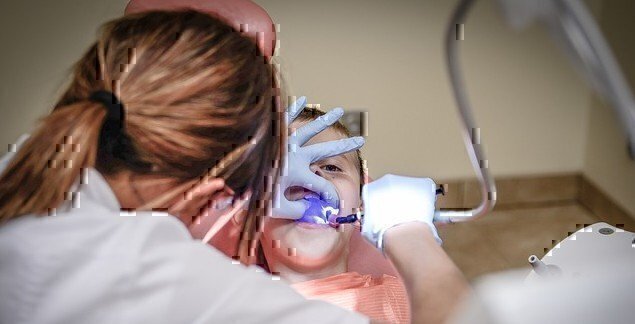You’ve spent your military career prepping: preparing for your job, getting ready for the next mission. And even though you’ve thought about it plenty of times, what about preparing for your transition?
Although it may seem frustrating and exhausting, there are plenty of options for you to choose from. If furthering your education and getting a degree is what you’re scoping out, take advantage of what you earned by using military education benefits such as your Post-9/11 GI Bill (Read: The Post 9-11 GI Bill: How Generous Is It?). In a matter of 18 months or two years, you can obtain a degree with little to no cost that will prepare you for a job – a job with good return on investment (ROI).
Now that it’s almost time to hang up your boots, here’s a list of jobs that reflect good ROI with a median salary of $45,000 or more, according to Payscale.com.
1. Dental Hygienist
Dental hygienists clean teeth, educate patients on different ways to improve and maintain good oral health, examine patients for signs of oral disease and provide preventative dental care.
In May 2015, the annual salary for dental hygienists was $66,700, which works out to $32 an hour. In order to practice dental hygiene, an associate degree in dental hygiene is required, as well as a license, which varies by state. According to the Bureau of Labor Statistics (BLS), employment in the dental profession was projected to grow 33 percent in the decade between 2012 and 2022 due to increased awareness of the link between oral health and general health.
2. Radiologic and MRI Technologists
A radiologic technologist is responsible for performing diagnostic imaging exams, such as X-rays. A magnetic resonance imaging (MRI) technologist is responsible for operating MRI scanners to take diagnostic images of patients.
The median salary rate for radiologic techs hovers at $44,800, about $21.52 an hour. MRI technologists’ average annual pay is $61,000. Many MRI technologists begin their career as a radiologic tech and advance their specialization later on. Both positions require licensing or certification, which both vary by state. More than half of these professionals work in a hospital-based setting. Employment for both technologists are anticipated to grow 21 percent from 2012 to 2022, as per the BLS.
3. Registered Nurse
An RN is responsible for providing and coordinating the care of the patient, educating patients and the public about various health conditions, and providing emotional support and advice to those patients and their family members.
The median salary for RNs is $56,714, with those at the higher end earning more than $90,000. There are a few ways of going about becoming a registered nurse. The quickest are getting an associate degree in nursing or a diploma-approved nursing program, both of which require licenses. Workplaces for RNs are very widespread. For example, there are jobs available in physicians’ offices, nursing care facilities, home healthcare services, schools and correctional facilities. As stated by the BLS, the rate of employment for registered nurses is due to increase by 19 percent by 2022.
4. Aircraft and Avionics Equipment Mechanics and Technicians
Duties of these technicians often include repairing and performing scheduled maintenance on aircrafts, possibly performing inspections required by the Federal Aviation Administration (FAA).
The median earning salary is $45,800 for avionic mechanics and $47,500 for avionic technicians, equating to about $21.97 and $22.80 an hour. There are multiple ways to become an avionic mechanic or technician. Many learn their trade at an FAA-approved aviation maintenance technology school, and others enter the job with a high school education or equivalent and are trained on the job. Some may have received prior training for this job in the military. One thing they all have in common is certification by the FAA.
Technicians often work in hangars, repair stations and airfields. Most techs work full time, and working overtime and weekends isn’t uncommon. According to the BLS, the projected outlook for employment in this field shows little to no change from 2012 to 2022. The position is best obtained by those who hold an Airframe and Power Plant (A&P) certificate.
5. Electrical and Electronics Engineering Technicians
They help engineers design and develop computers, communication equipment, medical monitoring devices and navigational equipment. They are also responsible for working in product evaluating and testing, using measuring and diagnostic devices to adjust, test and repair equipment.
Technicians in this field make an average of $46,100 a year, about $22.14 an hour. The position requires an associate degree in electrical or electronics engineering technology. The course load for that program usually includes physics, microprocessors and circuitry. The Technology Accreditation Commission of ABET certifies programs such as trigonometry, college algebra and basic science courses. Techs work closely with electrical engineers in manufacturing settings, research and development laboratories and utilities industry. The employment outlook from 2012 to 2022 is anticipated to show little to no growth due to the slowly growing or declining facilities as per the BLS.
READ NEXT: Reasons for Veterans to Consider an Associate Degree









